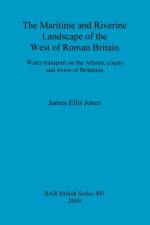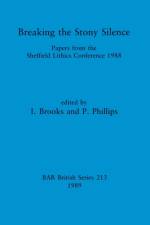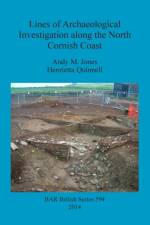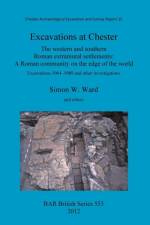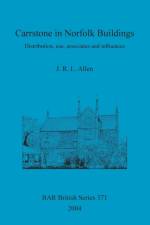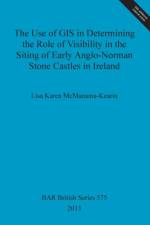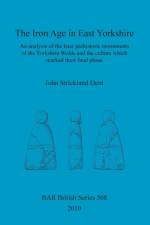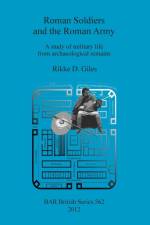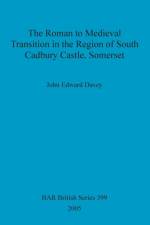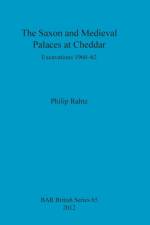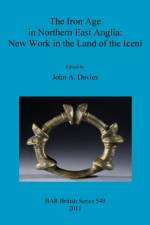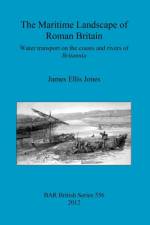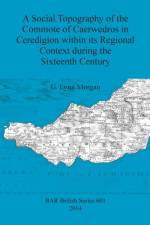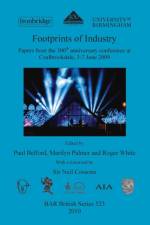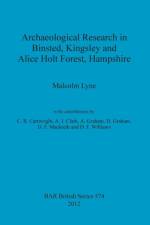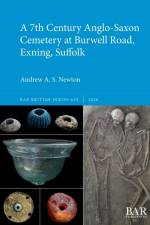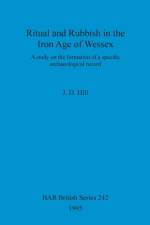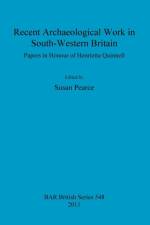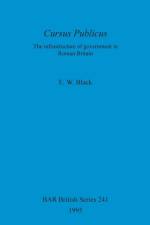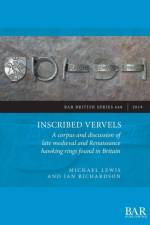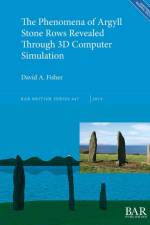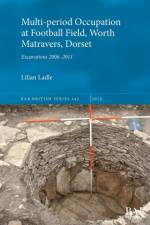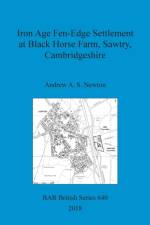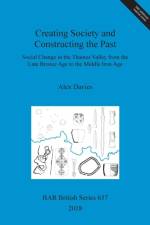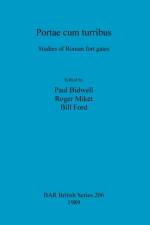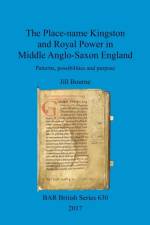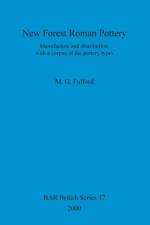- The western and southern Roman extramural settlements: A Roman community on the edge of the world: Excavations 1964-1989 and other investigations
av David Mason, John McPeake & Simon W Ward
1 969
The western and southern Roman extramural settlements: A Roman community on the edge of the world. Excavations 1964-1989 and other investigations.Chester Archaeological Excavation & Survey Report 15This is the first detailed, wide-ranging report to be published on excavations in the extramural settlement of the Roman legionary fortress at Chester (north-western England), specifically those around the western side of the fortress. This publication concentrates on ten interventions carried out over twenty-five years in the area to the west and south of the fortress and attempts to summarise in more detail than has been done hitherto discoveries elsewhere around its perimeter. Discussions attempt to characterise the townscape, its development and population, and also to explore the role of the Chester extramural settlement generally. It is hoped that this publication will be useful in providing a context for future fieldwork and analysis. '[This] volume represents an important addition, not only to the literature of Roman Chester, but also to the wider topics of military supply, the nature of extra-mural settlement in the major military sites of the north-western Empire and military/civilian interaction. The authors are to be congratulated on a job exceptionally well done.' The Archaeological Journal (Vol. 169, 2012)Excavations directed by Simon Ward, David Mason, John McPeake, Sybil Rutland and Tim Strickland.Site reports compiled by Simon Ward, David Mason and John McPeake.Volume editors, Peter Carrington with Catrina Appleby and Alison Heke.With other contributions by †Peter Alebon, Justine Bayley, Peter Carrington, H.E.M. Cool, Brenda Dickinson, Gillian Dunn, James Greig, Lesley Harrison, Alison Heke, David Heke, Glenys Lloyd-Morgan, Yannick Minvielle-Debat, Tim Morgan, Gaenor Morris, Quita Mould, Cheryl Quinn, Sharon Roberts, Dan Robinson, Ian Smith, Julie Vint, Margaret Ward and Barbara West

